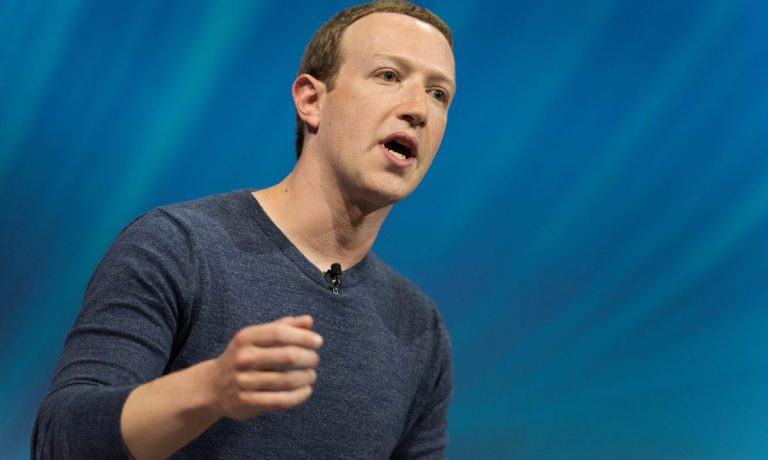Meta Is Losing Over $1B a Month on Metaverse Strategy

Mark Zuckerberg’s expensive pivot toward building a virtual world continues to be just that — expensive.
“None of the signals I see in today’s environment lead me to believe we should shift the Reality Labs (RL) strategy long-term,” the social media CEO said Wednesday (Feb. 1) during his Menlo Park, California-based company’s fourth quarter 2022 earnings call.
This, as Meta’s Reality Labs division posted a $4.28 billion loss for the last three months of 2022, compared to $3.67 billion in losses for the fiscal year’s second quarter, per just-released financial results.
Meta’s RL business line includes augmented and virtual reality (AR/VR) related consumer hardware, software and content.
The company said that investors should expect these losses to continue throughout 2023.
“It’s important to not think of RL as one thing, there’s AR work long-term, VR which is starting to ramp up, and the smallest spike by budget is the metaverse software program, which doesn’t reflect the importance of it — software is just less capital intensive to build. But within each of those areas, there are a lot of different things we are doing,” Zuckerberg said on the earnings call.
He added that while the company’s metaverse ambitions remain a critical long-term priority, the business is in the near-term focusing on its robust artificial intelligence (AI) applications and better leveraging the Reels short form video product, something that should reassure those investors who remain skeptical of the value of Meta’s strategic pivot toward building a wholly immersive virtual world platform.
A Focus on Efficiency
As PYMNTS previously reported, investor concerns that Zuckerberg and Meta had not been paying close enough attention to the firm’s core businesses contributed to a 64% drop in the price of the company’s shares, the worst performance in the social media company’s 19-year history.
Meta lost about $700 billion in market value between October 2021 and October 2022. In November 2022, the company underwent its first-ever major headcount reduction, cutting 13% of its workforce or around 11,000 jobs.
Per the earnings call, the company said that 2023 expenses will be less than previously forecast, between $89 billion to $95 billion, as the business recalibrates around “efficiency,” a word that was repeated dozens of times throughout the earnings call. That could help lessen concerns that the company is over-spending on its virtual reality ambitions.
“We’ve entered a phase change for the company… we will be more proactive about cutting projects and increasing efficiency around executing our top priorities.” Zuckerberg told investors.
A Need for Real Results
Still, Meta remains committed to setting the virtual world standard for the industry with its Meta reality platform, with Zuckerberg saying that the company’s immersive platform will provide better social experiences than what’s possible today on phones.
The CEO noted that over 200 apps on Meta’s VR devices have made more than $1 million in revenue, and more than 100 million have created personalized digital avatars for use across the company’s WhatsApp messaging service.
“As the technology develops, most people will experience the metaverse for the first time on phones and then begin to build their identity across the apps,” he said.
While PYMNTS has previously covered the benefits the metaverse offers various sectors — including healthcare and industrials — Meta’s main focus appears to be primarily on its next generation social and social commerce applications.
Research in PYMNTS’ latest report, “Enter the Metaverse: The Next Frontier of Digital Commerce,” finds that key to success within commercial metaverse opportunities is establishing an interoperable payment infrastructure.
Given that Meta’s daily active users grew to 2 billion in the fourth quarter, compared to an expected 1.8 billion, the enterprise social media giant will be able to leverage a sizable captive audience if the company can effectively transition even just a portion of its audience over to its digital world platform.
At the same time, mainstream adoption will be increasingly limited by hardware costs. In a dampening macroeconomic environment where consumers are struggling to make ends meet, nothing says “discretionary spending” like buying a thousand-dollar VR headset that allows you to converse with an avatar of your best friend who lives down the street.
As PYMNTS wrote in the past, “The metaverse wants to make reality into a video game … but video games are based on fantasy. The metaverse feels like a video game from the 1990s – and no one can explain how and why mixing this all together works.”